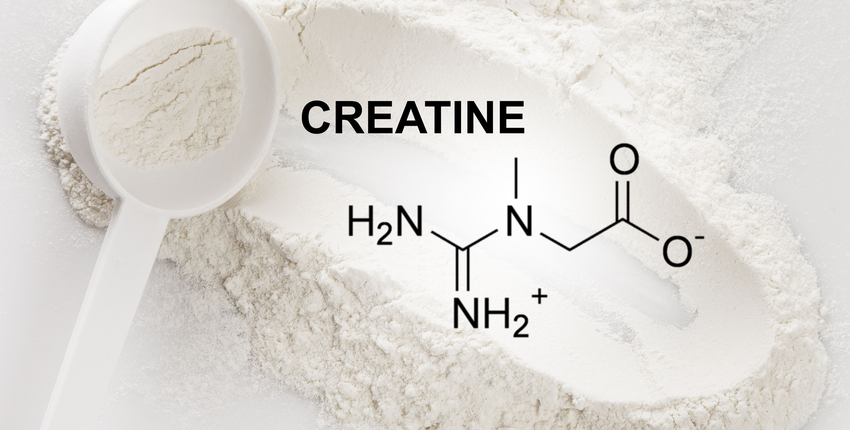C O A C H I N G
What is Creatine?
What is creatine
Creatine is classified as an amino acid that is created inside the body. The creation of creatine begins with two amino acids, arginine, and glycine, mainly within the kidney. The kidneys release a compound called guanidinoacetate (GAA), which is then converted into creatine in the liver using a third amino acid called methionine. predominantly in the liver. However, creatine synthesis also occurs in the kidney, pancreas, and importantly inside of the brain. In fact, it's thought that the majority of creatine present inside of the brain was created inside the brain, and was not derived from the available creatine within the blood (3). It's estimated we naturally produce approximately 1-2 grams of creatine every day, which could potentially be mildly increased by a higher protein diet, which would provide more of the substrate required for creatine synthesis (7).
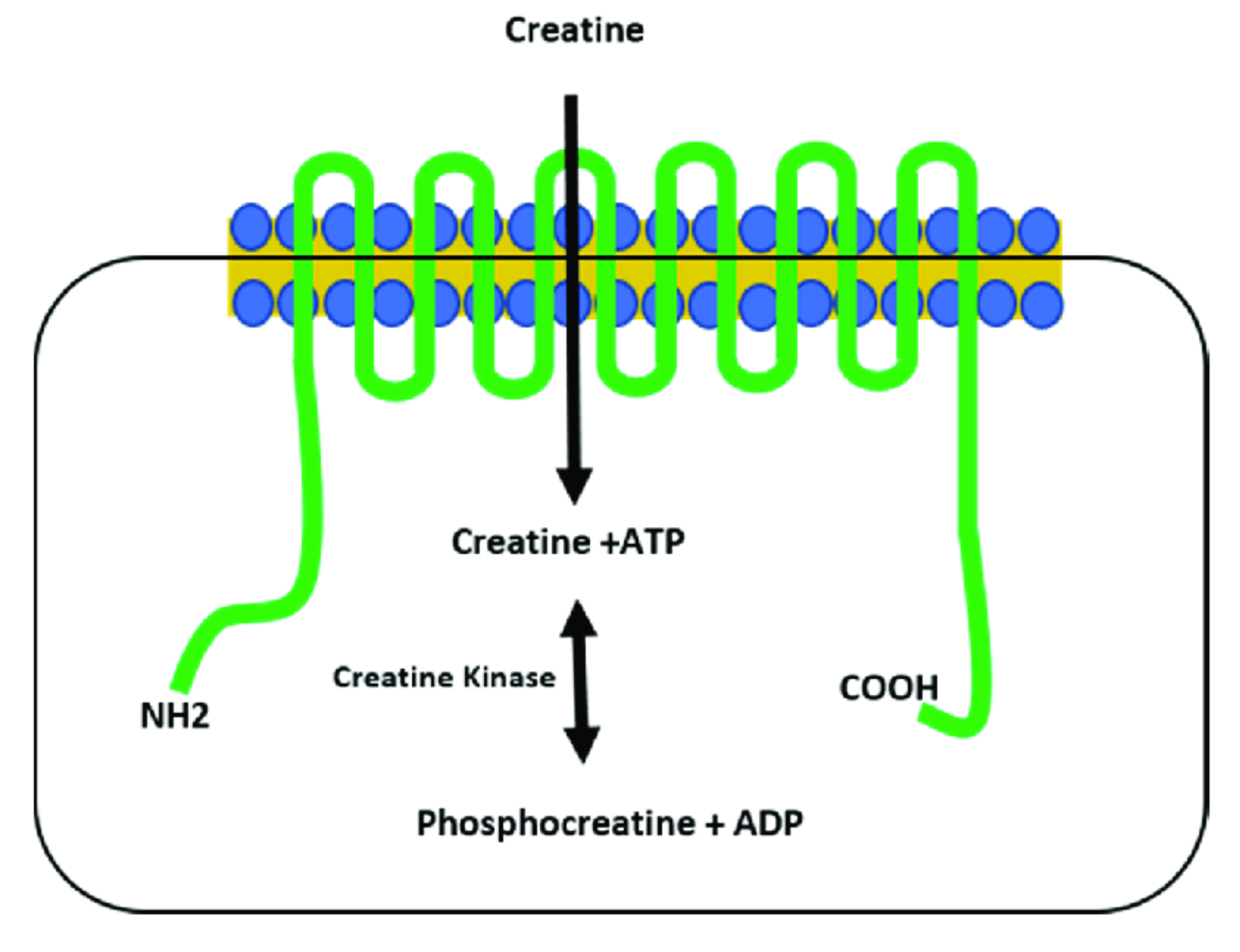
Creatine storage
Creatine is stored within many different tissues within the body including the kidney, brain, liver, and even inside the eyes and ears. Approximately 95% of the creatine in the body is found inside skeletal muscle (4). It is estimated an individual can store as much as 160 g of creatine inside the body, and this is highly dependent on body size and muscle mass (5).
Transport into the cells
The absorption of creatine inside of the intestinal tract is not yet entirely described in the research. However, it's thought to be mediated by a sodium-chloride-dependent creatine transporter, the same transporter that transports creatine from the blood into creatine storage sites such as the muscle tissue. Importantly, creatine is considered a solute, therefore it will draw water into the storage sites. As I will discuss in a later section, this likely has many implications including enhancing the physical appearance of the muscles.
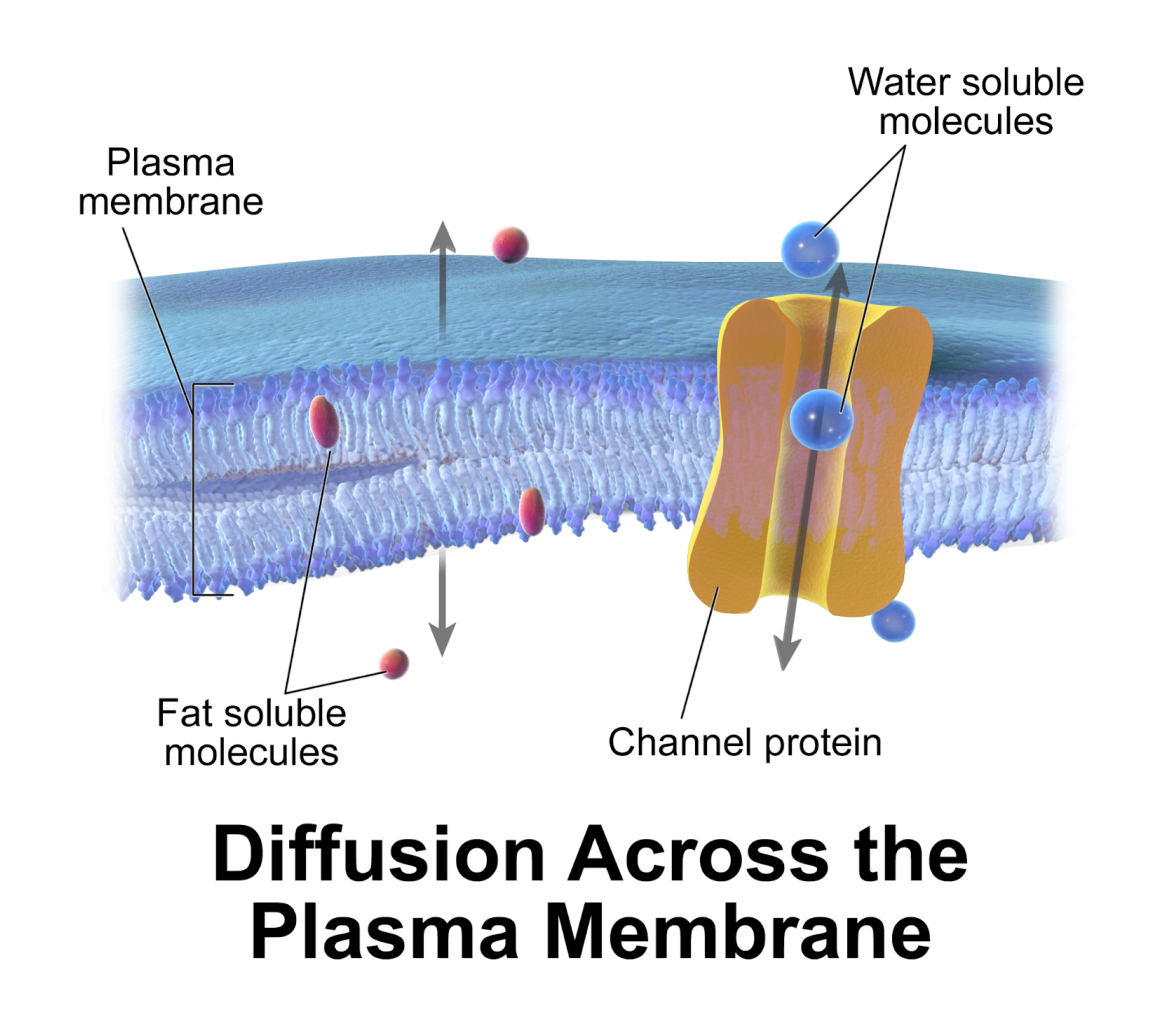
Natural degradation
It is estimated that we lose approximately 1-2% of our creatine stores every day. Thus, the more creatine stores you have, the more creatine you will lose on a daily basis. Creatine loss occurs due to the Degradation of creatine into an unusable compound called creatinine in what is referred to as a dehydration reaction. Dehydration is the term given to a chemical change that removes water from a molecule to form a new compound. In this case, dehydrated creatine is called creatinine. The dehydration of creatine is thought to occur randomly and occurs at the rate of approximately 2 to 3% of our whole body creatine stores per day. However, the dehydration of creatine increases during exercise. Moreover, the more intense the exercise is, the more creatinine will be formed. This effect occurs due to a decrease in cellular pH levels that occurs during exercise, which increases the rate of creatine degradation. The degradation of creatine into creatinine is increased in an acidic environment. As muscular pH decreases, you will begin to feel a greater degree of pain and sensations of “burning” in the muscle. Thus, pain perception during a workout is a proxy for a decrease in cellular pH, thus an increase in creatine degradation (6).
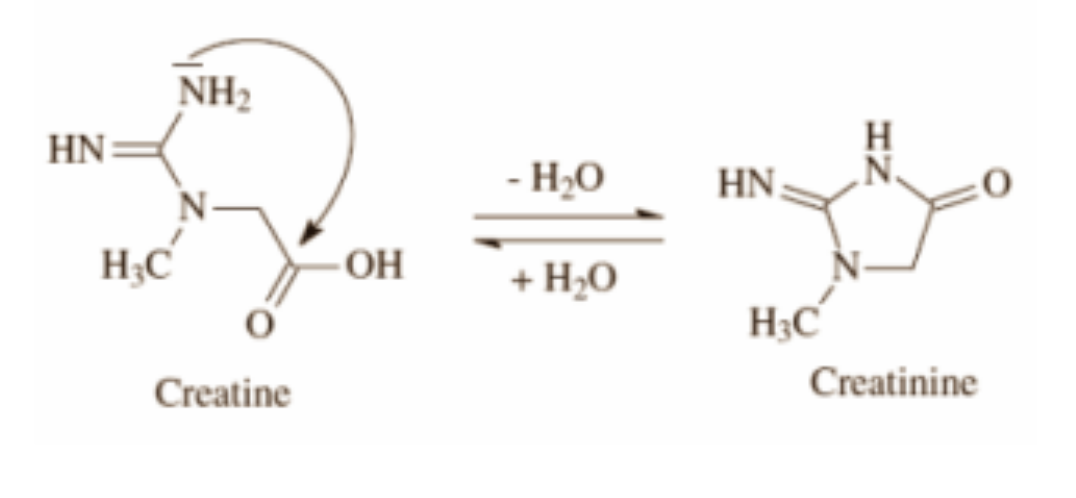
Creatinine
As mentioned, when creatine is dehydrated, it is converted into creatinine. This creatinine can diffuse out of the cell, meaning it simply passes through the membrane into the bloodstream without the need for a transport protein.
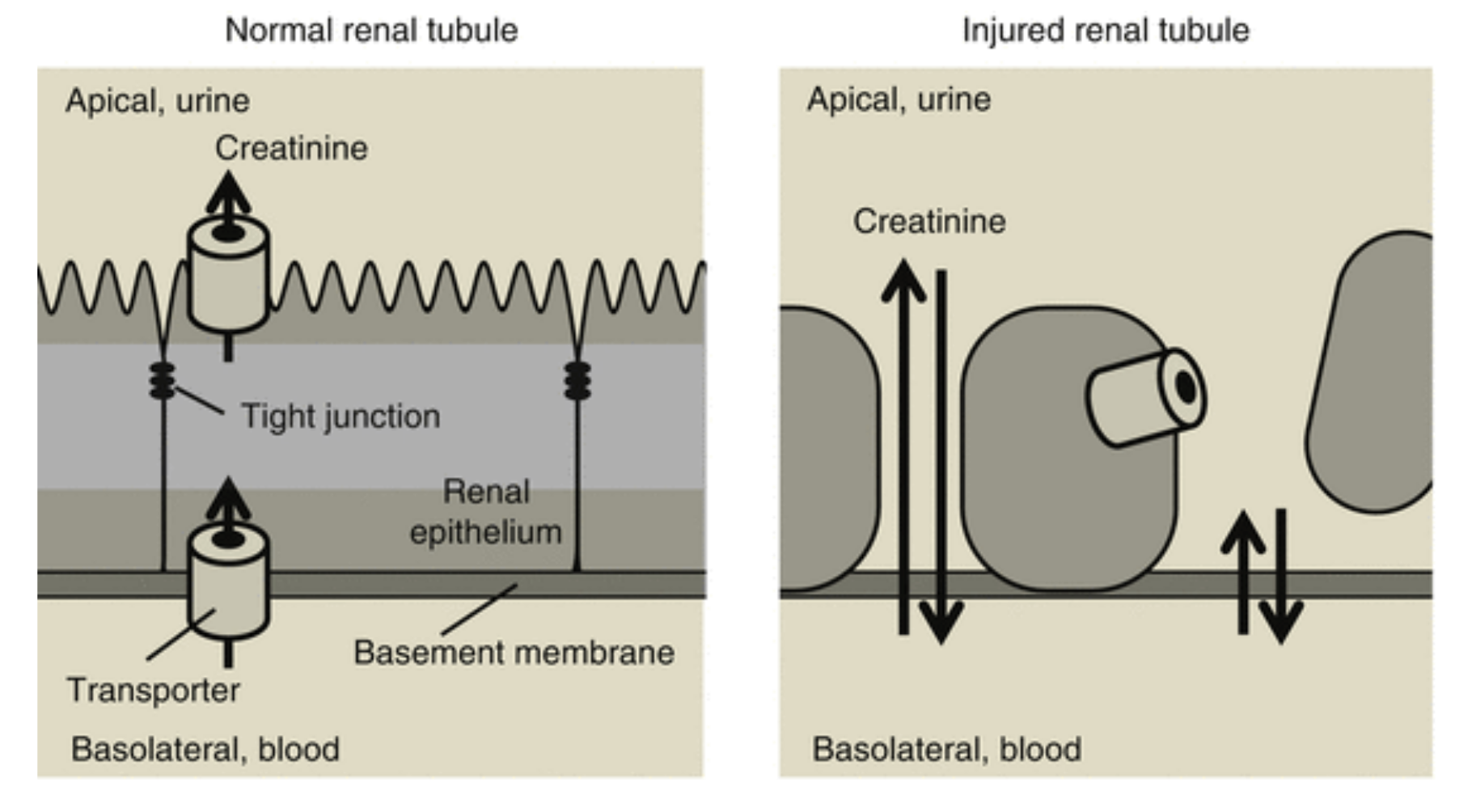
Creatinine is then carried through the blood into the kidney where it can be excreted into the urine. Creatinine can be measured in both the urine and the blood. Importantly, individuals with greater creatine stores due to a diet high in creatine or creatine supplementation will have more creatinine within their bloodstream. Moreover, exercising individuals will have higher levels of creatinine in the blood due to the increased conversion of creatine into creatinine caused by exercise.
With that being said, is not measured on blood work to estimate how saturated one's creatine stores are. The reason it is measured on blood work is because there are pathological conditions in which blood and urine creatinine may be elevated. Blood creatinine may be elevated in individuals who have kidney damage. The reason for elevated creatinine in kidney damage is, as mentioned, that the kidneys work to transport creatinine from the blood into the urine. However, kidney damage may lead to insufficient creatinine excretion, increasing blood levels of creatinine. This is where the common misconception that creatine can damage the kidneys was developed. Technically creatine can increase blood levels of creatinine. However, given that all other biomarkers of kidney function are normal, this is likely not due to any sort of pathological kidney damage, but rather due to an increased creatinine transport in the bloodstream.
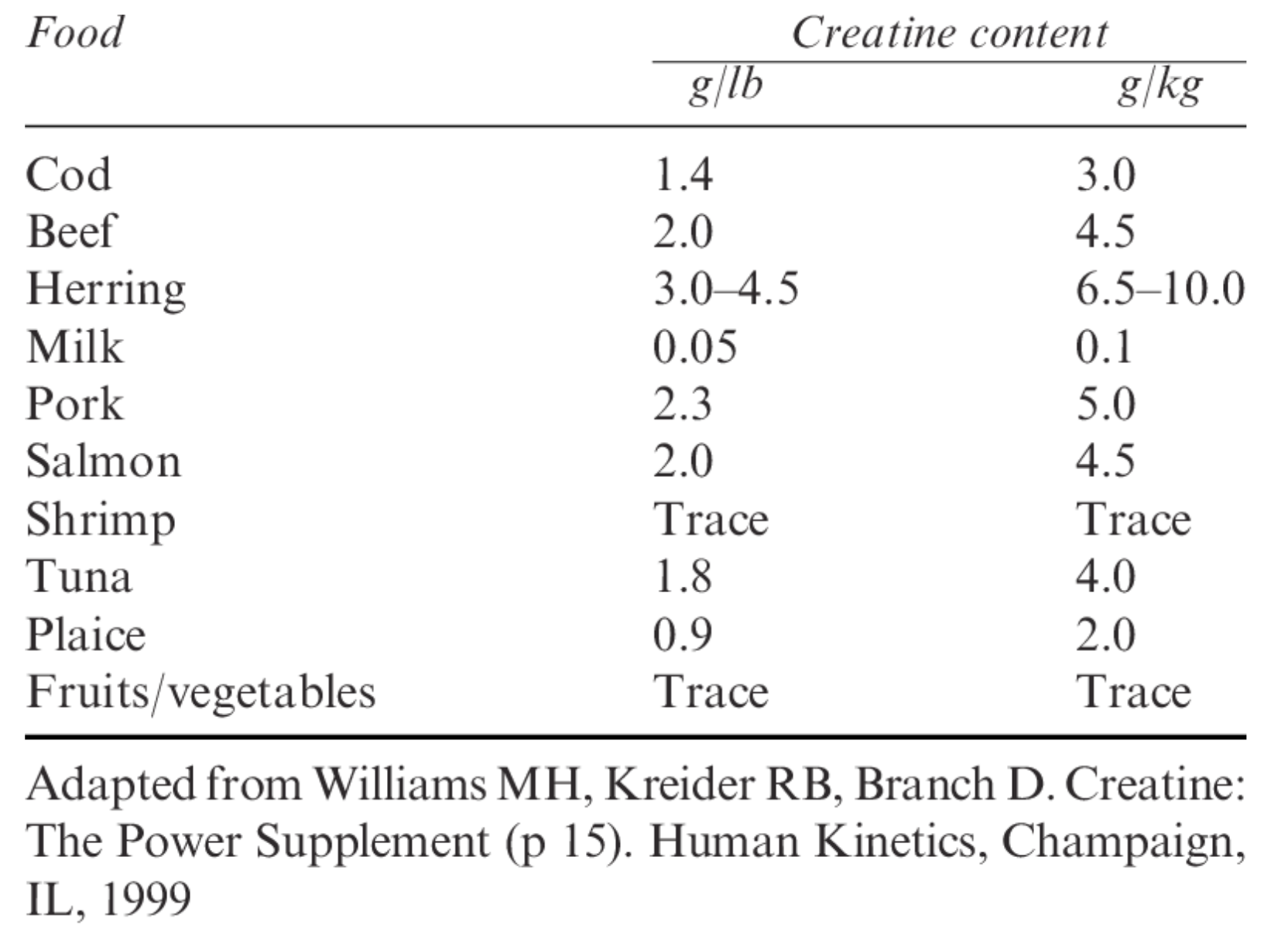
Additionally, heart failure patients display elevated creatinine in the blood which could be due to multiple mechanisms including the release of creatinine from damaged heart cells, and the concurrent decrease in kidney function that results from heart failure.
Finally, individuals with rhabdomyolysis may have elevated levels of creatinine in their bloodstream, due to excessive damage to muscle cells, and potential damage to the kidney that occurs during random dialysis.
With this in mind, normal elevations of urine creation and serum creatinine as a result of creatine supplementation, high muscle mass, and exercise doctors and patients worry about kidney function. If this occurs, it's important to take elevated creatinine in the context of all other kidney biomarkers to assess possible kidney damage. However, there is no evidence that creatine itself will adversely affect the kidneys, with the exception of individuals who already have an underlying kidney pathology. Moreover one can have a serum to urine creatinine ratio tested. This is simply the difference between the amount of creatinine in your blood versus the amount of creatinine in your urine. If you have elevated levels of creatinine in the blood with low levels of creatinine in the urine, this would indicate insufficient creatinine clearance. However if this ratio comes back within range, it indicates proper kidney filtration, and elevated serum creatinine levels are likely the result of elevated creatinine stores within the body.
Dietary creatine
Creatinine can be derived from foods in fairly high quantities. Creatine is only found in animal products because plants do not naturally produce creatine, but animals synthesize and store creatine just like humans. With that being said, you would have to eat a fairly large amount of certain animal foods every single day to obtain the same amount of creatine you would get through a supplement. Relying on food to get all of your creatine could be a feasible way to maintain adequate creatine stores once creatine stores are fully saturated. It might be difficult to reach full saturation by relying only on food, and it would take more time to build up creatine stores through the amount of creatine you will derive from food, but it certainly could be achieved.
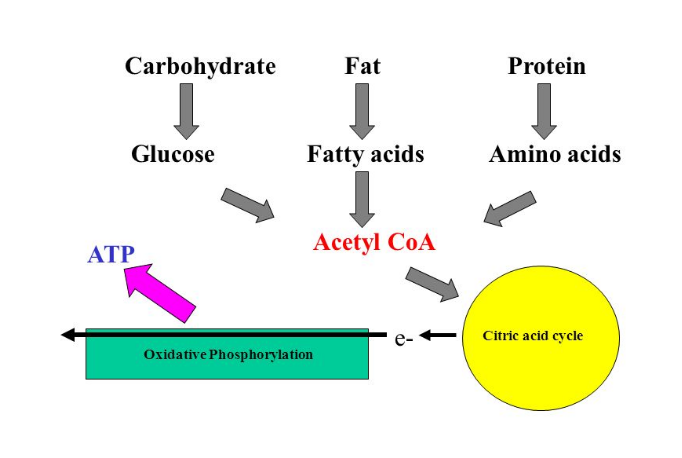
Creatine supplementation
Creatine loading
As mentioned, it's estimated humans can store up to about 160 g of creatine. Given that creatine, loss is about 2 to 3 grams per day, and we synthesize approximately 1-2 grams per day, the ingestion of approximately 2 g per day is likely sufficient to maintain our current creatine stores. With that being said, to increase creatine stores if they are not yet fully saturated, the ingestion of more than 2 grams per day would be advised. The quickest mechanism to fully saturate one's creatine stores is through a protocol referred to as creatine loading. Creatine loading is a protocol in which an individual would ingest between 10-25 grams of creatine per day for approximately 7-20 days, to quickly increase their creatine stores. Once creatine stores reach full saturation, you can then recuse creatine ingestion to a maintenance dose, as will be discussed in the next section.
Creatine loading is not a requirement to fully saturate creatine stores, however, it is the quickest way to fully saturate one's creatine storage capacity. With that being said, taking 25 grams at once is likely not going to be advantageous for the most creatine absorption. The capacity to absorb creatine in one sitting is finite, therefore it's recommended to split a 20-gram dose into 4 daily injections of 5 grams, and not exceed 5 grams in one sitting.
Creatine maintenance
Once creatine stores are fully saturated, regardless of whether or not it occurs via creatine loading or prolonged lower doses of creatine, to maintain creatine stores one would simply want to make up for the difference between creatine loss and creatine synthesis. Creatine stores could likely be maintained for most people through the ingestion of approximately 2 grams per day, from food and/or supplementation. With that being said, a maintenance dose of creatine increases in relation to one's body mass and physical activity.
Creatine with carbohydrate and protein
Given that one's net retention of creatine is the same at the end of the day, it likely does not matter the exact mechanism by which creatine is ingested. With that being said, the ingestion of creatine alongside protein and carbohydrates increases creatine retention, thus reducing the amount of creatine one needs to ingest to achieve the desired outcome. A bullace of 50 grams of protein and 50 grams of carbohydrates was used within the study, however, this likely could be achieved with a smaller serving of both macronutrients, of at least 25 grams each (1).
Creatine after exercise
While it is limited and inconclusive, there is data to suggest that post-exercise creatine consumption may be more advantageous than pre-exercise consumption. This effect is likely mediated by increased blood flow to the exercised muscle, greater insulin and nutrient sensitivity, and decreased creatine stores within the muscle tissues (2).
Effects of creatine
ATP production
Now that you know all about creatine storage, let's talk about why you'd want to have creatine stores in the first place! Inside the cells, creatine interacts with an enzyme called creatine kinase, which adds a phosphate group to creatine, creating creatine phosphate (PCr). PCr is extremely important, as you will find out in a moment.
To frame this discussion, it's important that you understand the role of ATP in human biology. Almost every single physiological process uses adenosine triphosphate (ATP) as a source of energy. The body breaks down macromolecules (glucose, fatty acids, amino acids, lactate, etc...) to power the phosphorylation (meaning to add a phosphate) of ADP, creating ATP.
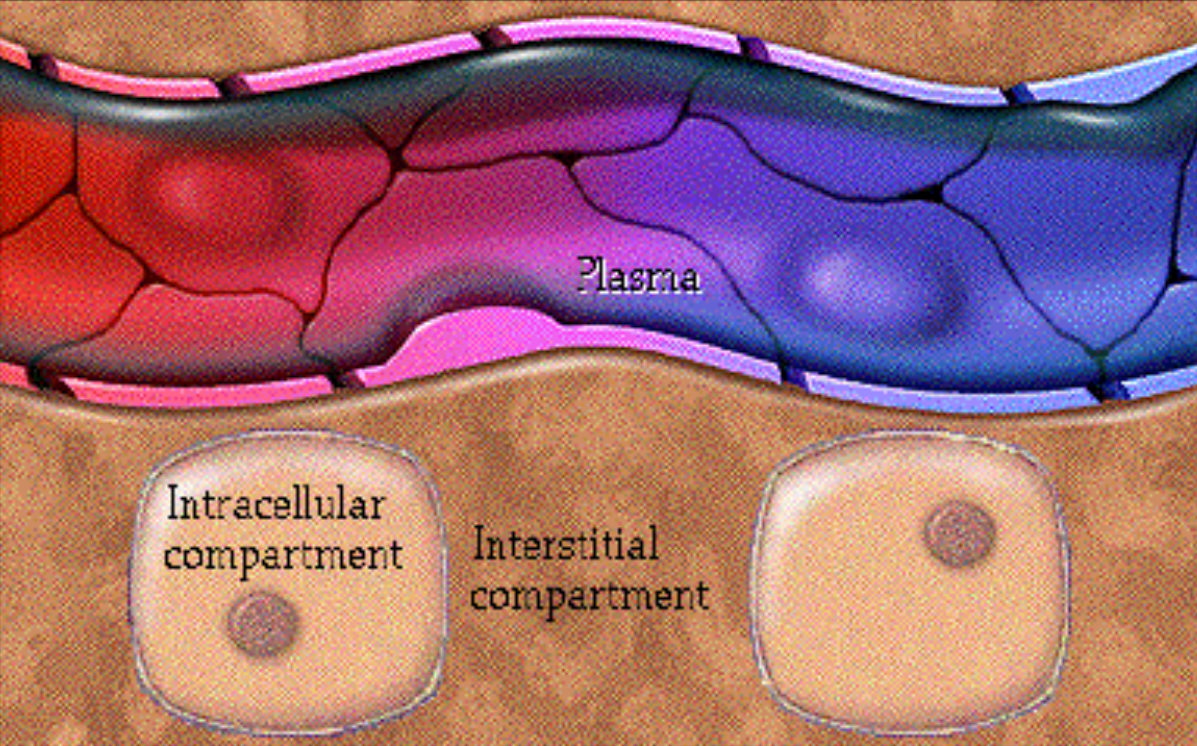
In essence, all of the food that we eat is used to add a single phosphate group onto ADP in order to create ATP. There is energy stored inside of the bond between the second and third phosphate. This energy is used to power just about every single function in the body, including breathing, movement, thinking, the heartbeat, etc….When ATP is utilized outside of the mitochondria in a location referred to as the cytoplasm. When ATP is used for energy it is converted back into ADP.
PCr is present in the cytoplasm, in extremely close proximity to the site of ATP usage. When ATP is converted into ADP, PCr can extremely quickly dominate its phosphate to ADP, regenerating ATP.
The reason we are unable to continue exercising forever is that we do not have enough run ATP within the cell because we are unable to make it quickly enough. PCr can quickly regenerate ATP during exercise, and even during everyday life, in order to maintain a supply of ATP for a longer period of time. The energetic benefits of creatine are not extreme in magnitude, however, it has been shown in multiple publications that the performance increases derived from creatine are not negligible (8).
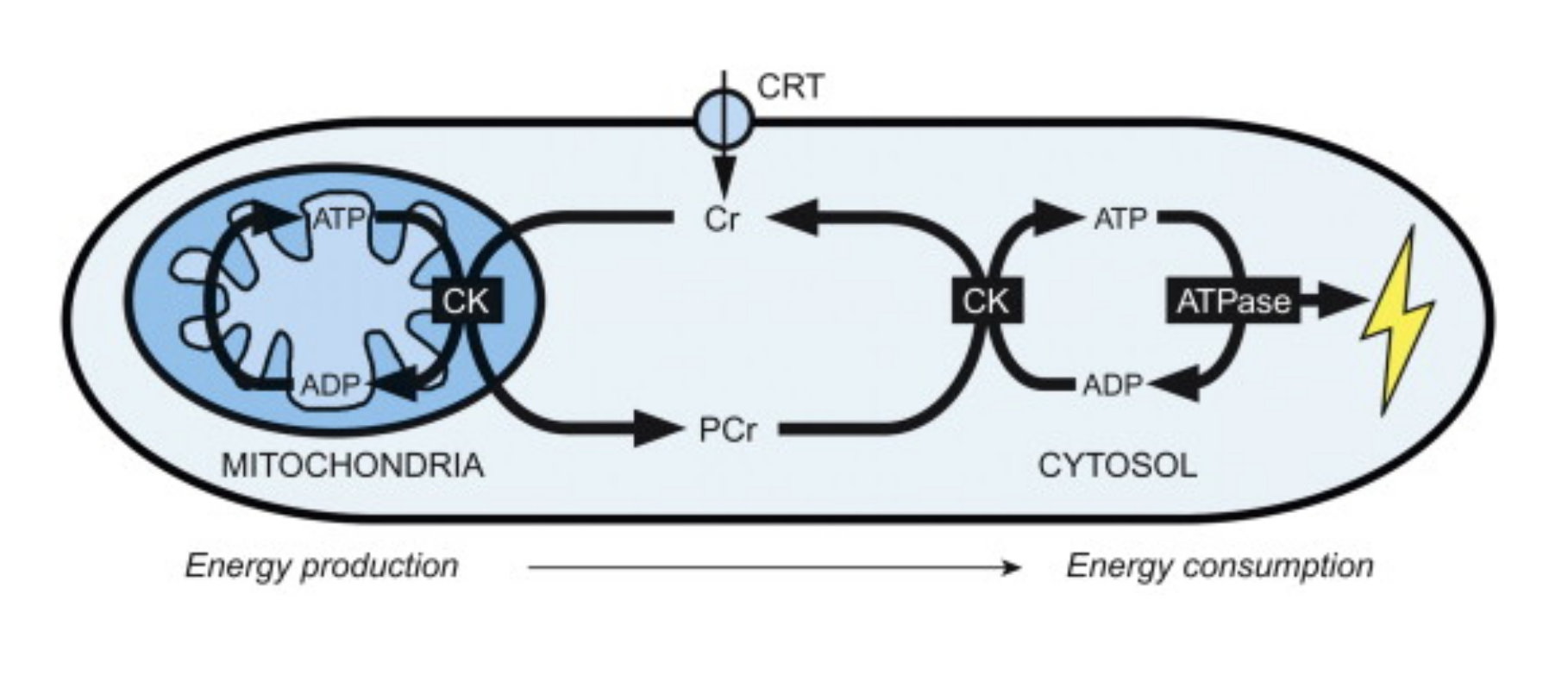
Water distribution
When talking about creating, I think it's important to address the issue of "water weight". Creatine will increase the amount of water stored inside of your body. The reason for this is because the body will always fight to maintain what is referred to as osmolality. This is the ratio of solutes to liquid within three main tissue compartments: inside the cell, inside the blood, and surrounding the cell.
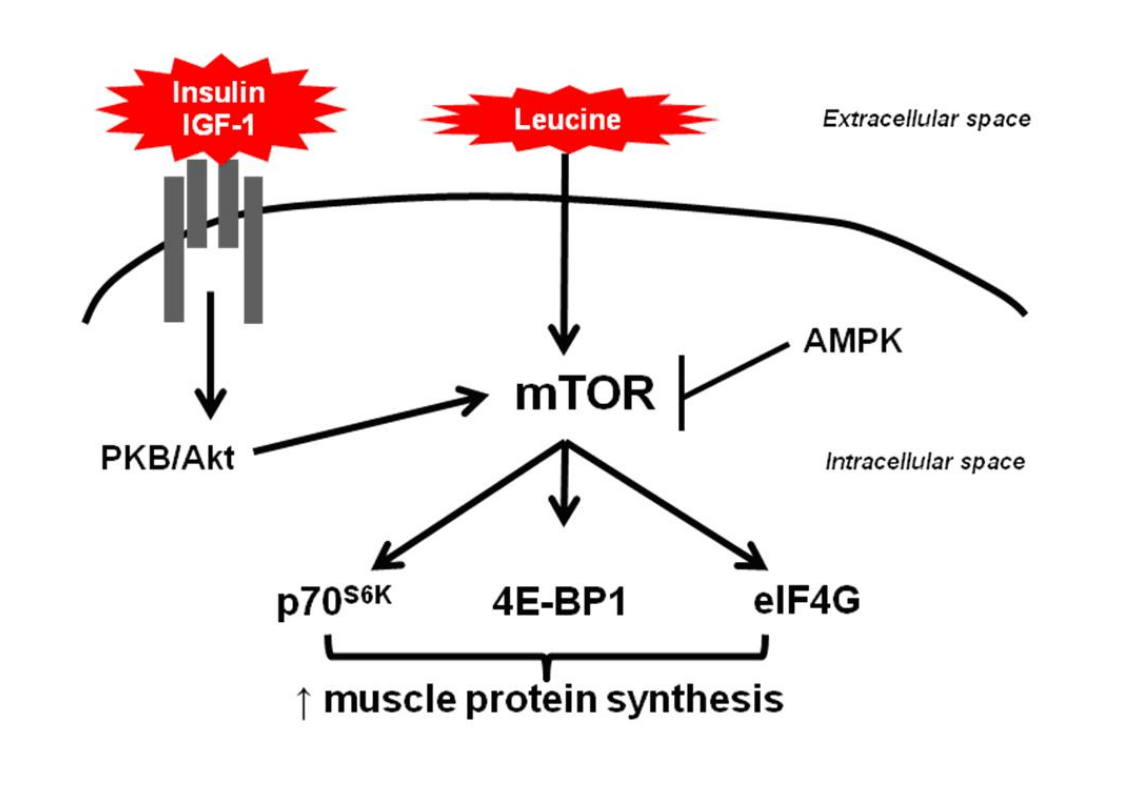
Creatine is a solute, therefore wherever creatine is stored, we will also store a certain amount of water to maintain the proper ratio of solute to liquid. With that being said, creatine is stored inside the muscles. Thus, creatine will increase the amount of water stored inside of the muscles, not the amount of water stored inside of the bloodstream or the interstitial space. The potentially dangerous and unsightly accumulation of water occurs when water is retained within the bloodstream, raising our blood pressure, and within the interstitial space, referred to as edema. However, creatine will increase water content within the muscle, which has the effect of increasing muscular size, which consequently makes the muscles larger and more defined. Moreover, this intracellular water can aid in preventing a certain degree of muscular damage and has other beneficial attributes (9).
mTOR pathway
mTOR is a protein inside of the body, mainly studied for its effects on the muscles. mTOR inhibits protein breakdown and activates protein synthesis. It does appear that creatine can increase the activity of mTOR, thus leading to increased protein synthesis. However, understand that this effect is not as large as something such as high protein feeding, or something such as an anabolic steroid. With that in mind, creatine can have an additive effect on proper nutrition, training, and sl/p>
Recovery and muscle damage
Creating supplementation improves subjective and objective recovery, and decreases muscle breakdown during and after exercise. This is likely due to its ability to enhance protein synthesis and decrease protein breakdown. Additionally, due to creatine's capacity to reduce the accumulation of metabolic waste products, increases ATP availability for the energy-intensive recovery process, and increases cellular hydration (11).
Creatine in the brain
The brain is one organ that also uses a very high amount of creatine. With that being said, the brain is fairly resistant to the uptake of creatine from the bloodstream, as the brain produces the majority of its creatine. Due to the low uptake of creatine from the bloodstream, higher doses of creatine may be warranted to increase brain levels of creatine. But that being said, creatine supplementation does appear to improve creatine concentration so then the brain. Importantly, it does appear that brain creatine is diminished during sleep loss and head trauma. Thus, creatine supplementation has been efficaciously used in these situations to improve cognitive function, memory, and cognitive outcomes. Moreover, supplementation of creatine appears to improve memory, specifically in vegans and vegetarians who do not consume enough creatine daily.
In essence, it does appear that high-dose creatine is wanted to improve cognitive outcomes. Within the brain, creatine has numerous roles related to energy production and maintenance, which aids in memory, cognition, and recovery from cognitive insults such as sleep loss or head trauma. Creatine also appears to be an application supplement to fight off cognitive decline and improve cognition in patients with neurodegenerative pathologies (12).
Creatine and the heart
Creating plays a vital role in maintaining energy availability in the heart, and reducing the likelihood of heart dysfunction (13).
Creatine and the immune system
Creatine has shown a substantial degree of efficacy in improving the immune system, which is one mechanism by which creatine enhances recovery from exercise. Because the immune system is such an energy-intensive system, the increased production and availability of ATP supported by creatine can enhance the immune response and immune defense, such as defense against pathogens, bacteria, and viruses (14).
Conclusion
There are many myths and misconceptions about creatine, which have been reviewed multiple times in different publications. That being said, creatine , with the exception of possibly caffeine, is likely one of if not the most rigorously studied and tested compounds for exercise performance and overall health. Any case reports of detrimental effects of creatine are scarce, and typically only occur in individuals with underlying pathology such as kidney abnormalities. Moreover, creatine is a naturally occurring compound found in our food, but the addition of creatine supplementation can further increase the beneficial effects of creatine by saturating creatine stores. Importantly, many studies indicate that individuals with diets low in creatine, such as vegan or vegetarian diets, respond even more favorably to creatine than an individual on an omnivorous, meat-heavy diet. Whatever you said, I hope you found this review interesting and informative, and if there are any points you believe I missed, or would simply like me to include in this article, simply reach out to me and I will do my best to continuously update this article to make it as comprehensive as possible.
https://journals.physiology.org/doi/full/10.1152/jappl.2000.89.3.1165\
https://www.ncbi.nlm.nih.gov/pmc/articles/PMC3750511/#:~:text=In%20conclusion%2C%20post%20workout%20supplementation,as%20the%20brief%20treatment%20duration
https://www.ncbi.nlm.nih.gov/pmc/articles/PMC8912287/
https://www.ncbi.nlm.nih.gov/pmc/articles/PMC3407788/#B1
https://www.ncbi.nlm.nih.gov/pmc/articles/PMC2048496/#:~:text=However%2C%20the%20average%20human%20has,urine%20%5B13%2C16%5D.
https://www.ncbi.nlm.nih.gov/pmc/articles/PMC2390952/#:~:text=The%20group%20with%20moderate%2Fintense,not%20differ%20between%20these%20groups.
https://www.ncbi.nlm.nih.gov/pmc/articles/PMC5469049/
https://www.ncbi.nlm.nih.gov/pmc/articles/PMC5469049/
https://www.ncbi.nlm.nih.gov/pmc/articles/PMC6723611/
https://pubmed.ncbi.nlm.nih.gov/28595527/
https://www.ncbi.nlm.nih.gov/pmc/articles/PMC9213373/#:~:text=Creatine%20monohydrate%20reduced%20the%20level,single%20bout%20of%20strenuous%20exercise.
https://www.ncbi.nlm.nih.gov/pmc/articles/PMC8912287/#:~:text=Furthermore%2C%20creatine%20has%20shown%20some,diseases%20appears%20to%20be%20lacking.
https://www.ncbi.nlm.nih.gov/pmc/articles/PMC8067763/
https://www.ncbi.nlm.nih.gov/pmc/articles/PMC9533032/
